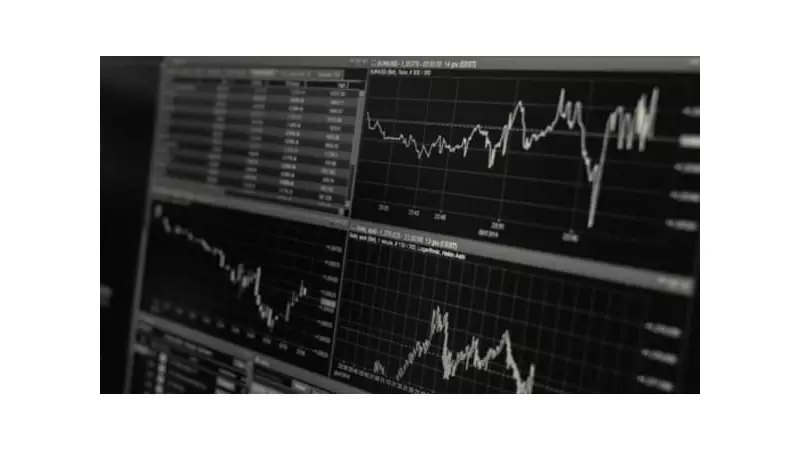
Federal Reserve Chair Jerome Powell has delivered a reality check to markets eagerly anticipating interest rate cuts, sending the US dollar climbing and recalibrating investor expectations worldwide.
The Hawkish Message That Changed Everything
In what markets interpreted as a decidedly hawkish stance, Powell emphasized that despite recent progress, the battle against inflation remains unfinished. His comments effectively poured cold water on speculation about potential rate cuts as early as December, forcing traders to reconsider their positions.
Immediate Market Impact
The dollar index, which measures the greenback against six major currencies, surged following Powell's remarks. This development has significant implications for:
- Emerging markets: A stronger dollar typically pressures emerging market currencies
- Global trade: American exports become more expensive overseas
- Commodity prices: Dollar-denominated commodities like oil and gold face headwinds
- Corporate earnings: Multinational companies may see currency translation losses
What This Means for Investors
Market participants who had positioned themselves for imminent rate cuts are now recalibrating their strategies. The shift in expectations suggests that:
- The Fed remains committed to its data-dependent approach
- Inflation concerns still outweigh growth worries for policymakers
- The era of higher-for-longer rates might extend into 2024
- Currency markets will continue reacting to Fed commentary
The Road Ahead
Analysts suggest that Powell's comments indicate the Federal Reserve wants to avoid declaring premature victory over inflation. The central bank appears determined to maintain its restrictive stance until inflation shows sustained movement toward the 2% target, even if it means keeping rates elevated for longer than markets had hoped.
As the global financial landscape adjusts to this new reality, all eyes remain on upcoming economic data and future Fed communications for clues about the timing of any potential policy shifts.





